Brunswick Square The Sparrow and the Corinthian Dog Rose
Price range: £40.00 through £310.00
Description
‘Brunswick Square The Sparrow and the Corinthian Dog Rose’
Print description
Two sparrows rest on a rose branch in front of the top floor of a terraced house in Brunswick Square in Brighton. Between a pair of fluted Corinthian columns with Acanthus leaves, a small sash window echoes histories from centuries ago out of sight behind curtains looking out to sea.
This print is close to my heart for many reasons. I live in Brunswick Square in Brighton, I am an architect, I love classic architecture. I grew up near the Roman ruins of Baelo Claudia, Italica and my playground was the Roman Museum in Seville. I love the humble noisy sparrows, often seen in Brunswick noisy as bells. A flock of sparrows can be called very descriptively a knot, flutter, host, quarrel, or crew.
I love early 19th century natural illustration where plants, animals and architectural elements are bound together to create compositions. An early rose is also shown in this print. Roses full of symbolism and beauty.
Print details
I create this print from my original ink drawings and apply colour digitally. I print them on fine art paper using archival inks. I issue formats A0, A1, A2, A3, and A4 as limited editions of 100, and I individually sign and number each print.
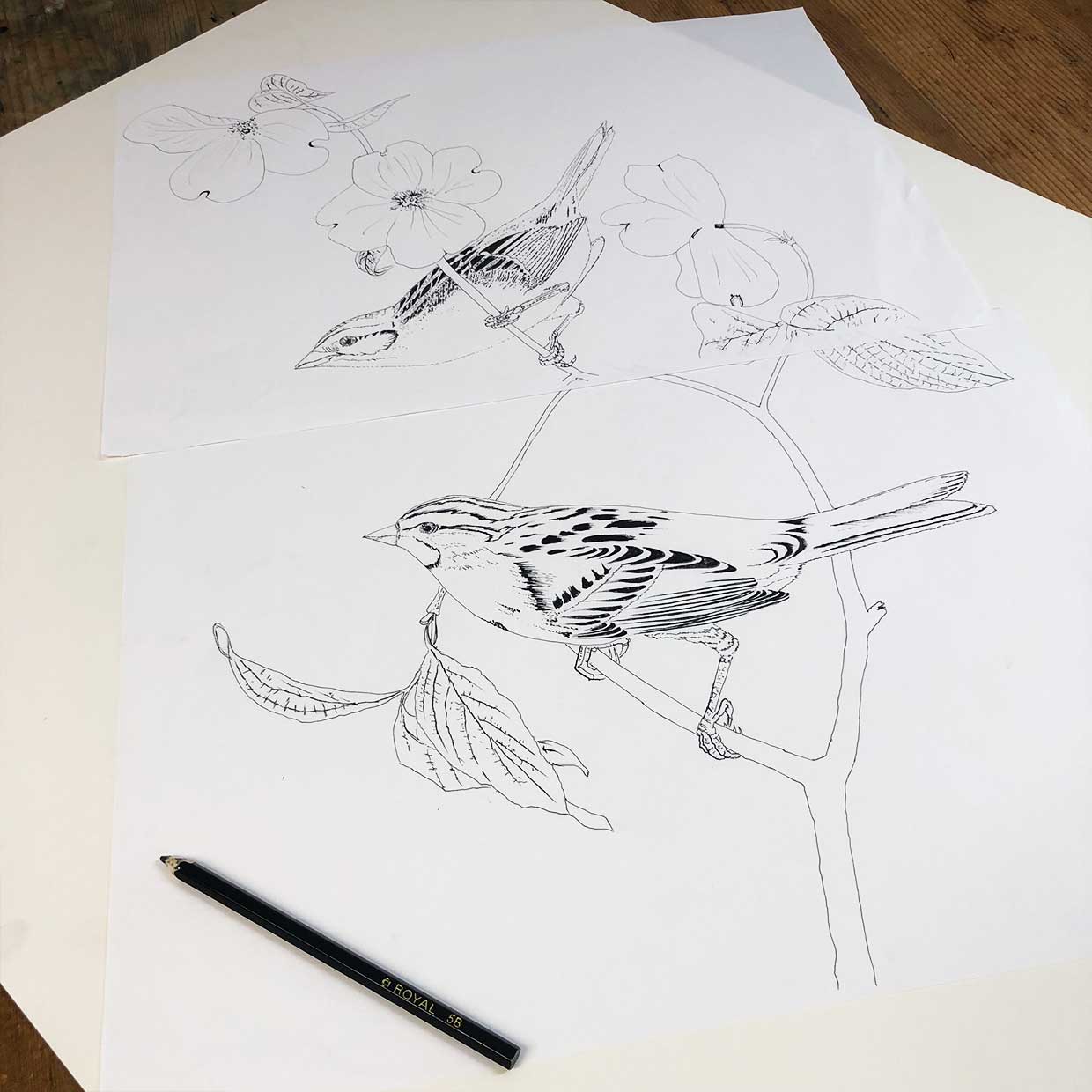
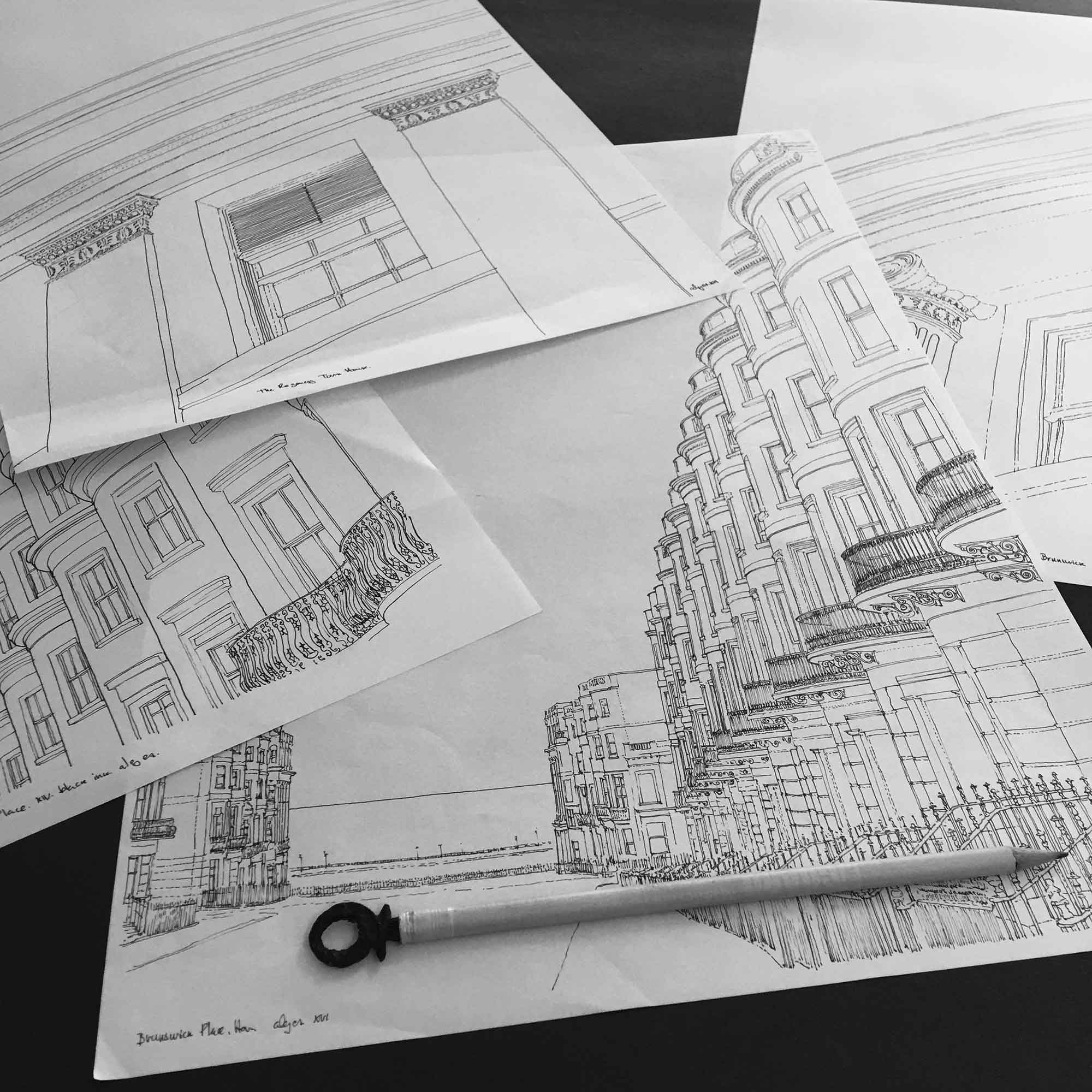
Art prints inspired by the natural word and the study of bird illustrations
In January 2021, in a second-hand bookshop I found the second volume of a lavish 1966 publication that reproduced the famous original watercolour paintings by John James Audubon for ‘Birds of America’. I was surprised to realise that to complete one of his designs could take years and often various artists would be involved. Audubon would create the main image and other artists would do the plants and another would add the landscape. With this mindset I have created a collection of prints that follow this system and create a scene that collages a landscape or habitat with its characteristic plants and birds. The results are a print that echoes a theatre stage design where each subject is depicted at its best in unison.
Brunswick Square
Originally, the area had been part of Wick Farm. Then in the late 18th and early 19th centuries, nearby Brighton had become very fashionable, especially amongst the top tier of British society. The Kemp Town estate there had been a success, and so in 1824 architect Charles Busby entered into an agreement to build houses on land lying at the extreme east of Hove, adjacent to Brighton — land which belonged to Thomas Read Kemp, creator of Kemp Town. The name “Brunswick” was presumably taken from House of Brunswick, a term sometimes used for the House of Hanover, the name of the British royal family at the time.
Brunswick Town was built as a collaborative project between the architect C A Busby and the landowner Reverend Thomas Scutt (also a clergyman). Construction started in 1824. The first houses were completed by 1826. September in fact.
Busby designed Brunswick Town as a long row of terraced houses facing the sea. In the middle point of this sea-facing terrace was a central square, which stretched back. This square was named Brunswick Square. The terraced houses, in Brunswick Terrace and in Brunswick Square, were built for the upper classes, they were designed as ‘first class’ housing. Beyond these houses were second classes houses in streets such as Waterloo Street.
Facilities including a market were provided. The market, opened in 1828, was funded by Busby himself but was not a success and was converted to a riding school in the 1840s. It is now a theatre.
In the late 1990s the top of Brunswick Square, where it meets busy Western Road, was closed to motor traffic, changing the nature of the square from a through route to a strictly residential area.
At the extreme eastern edge of Brunswick Terrace, on the border of Hove and Brighton, the bluntly modernist Embassy Court apartment block was refurbished in the mid-2000s. When originally envisaged in the 1930s, this lone block was imagined as the beginning of a transformation of the entire seafront, which would have entailed the obliteration of Brunswick Terrace. By the late 1940s Brunswick Square itself had become so run-down that the Council was considering wholesale demolition and redevelopment with modern housing. (Source – Wiki Pedia)
The Corinthian Order of Greek architecture
Unlike the Doric and Ionic orders, the Corinthian Order does not have its origin in wooden architecture, having grown directly out of the Ionic Order in the mid-5th century BCE. Taking its name from the city of Corinth, the Corinthian Order can be distinguished from the Ionic Order by its more ornate capitals carved with stylized acanthus leaves.
On the Corinthian entablature, the frieze was usually decorated with continual sculptural reliefs, where the figures were raised from the surface but not completely freestanding.
You may also like
-

The Seafront at Hove Brighton Pebble Beach
Price range: £40.00 through £310.00 Select options This product has multiple variants. The options may be chosen on the product page -
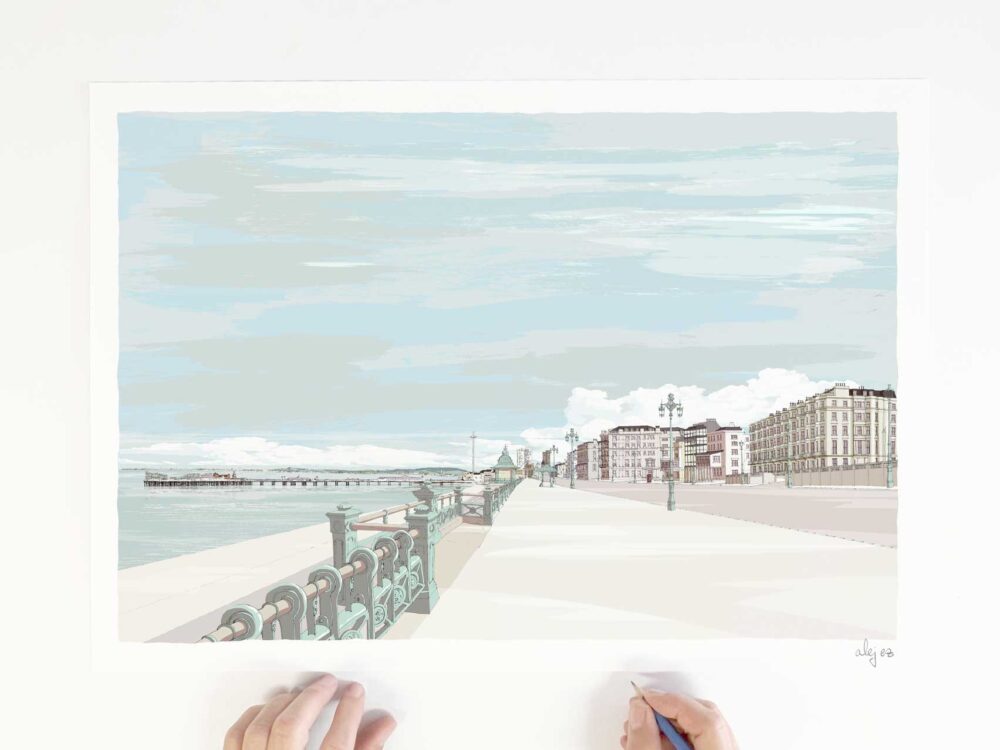
The Seafront at Kemptown Brighton Pebble Beach
Price range: £40.00 through £310.00 Select options This product has multiple variants. The options may be chosen on the product page -

Collared Doves Bougainvillea the Pond Gardens of Seville Alcazar
Price range: £40.00 through £322.00 Select options This product has multiple variants. The options may be chosen on the product page -
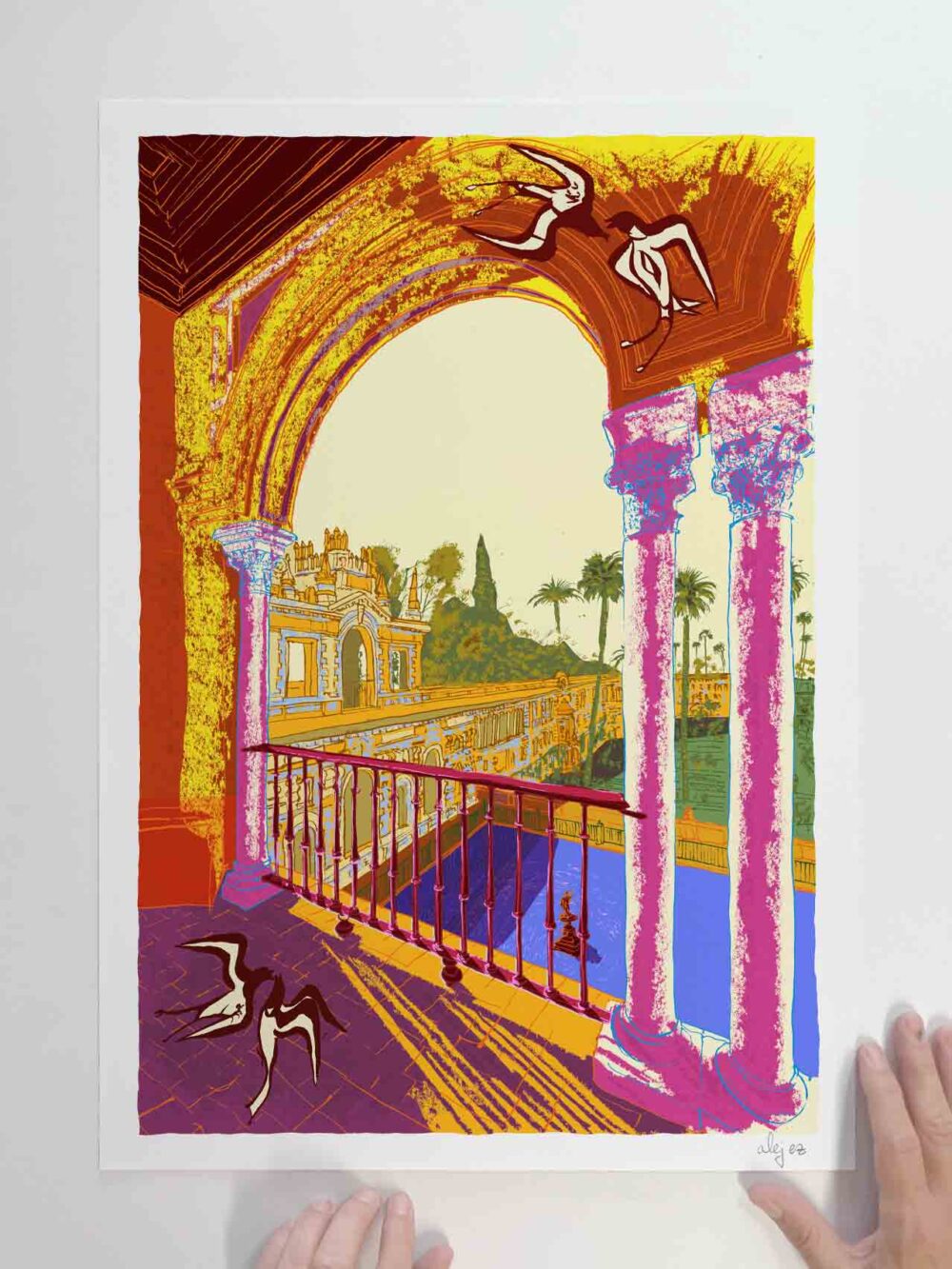
Swifts and Mercury Fountain Gardens of Seville Alcazar
Price range: £40.00 through £310.00 Select options This product has multiple variants. The options may be chosen on the product page -

The Peacock and the Giralda Gardens of Seville Alcazar
Price range: £40.00 through £310.00 Select options This product has multiple variants. The options may be chosen on the product page -

Breezy Cuckmere Crying Seagulls
Price range: £40.00 through £310.00 Select options This product has multiple variants. The options may be chosen on the product page -

Cuckmere Haven Starlings
Price range: £40.00 through £310.00 Select options This product has multiple variants. The options may be chosen on the product page -

Phoenix and Butterflies Chinoiserie Screen at Brighton Pavilion Gardens
Price range: £40.00 through £310.00 Select options This product has multiple variants. The options may be chosen on the product page -
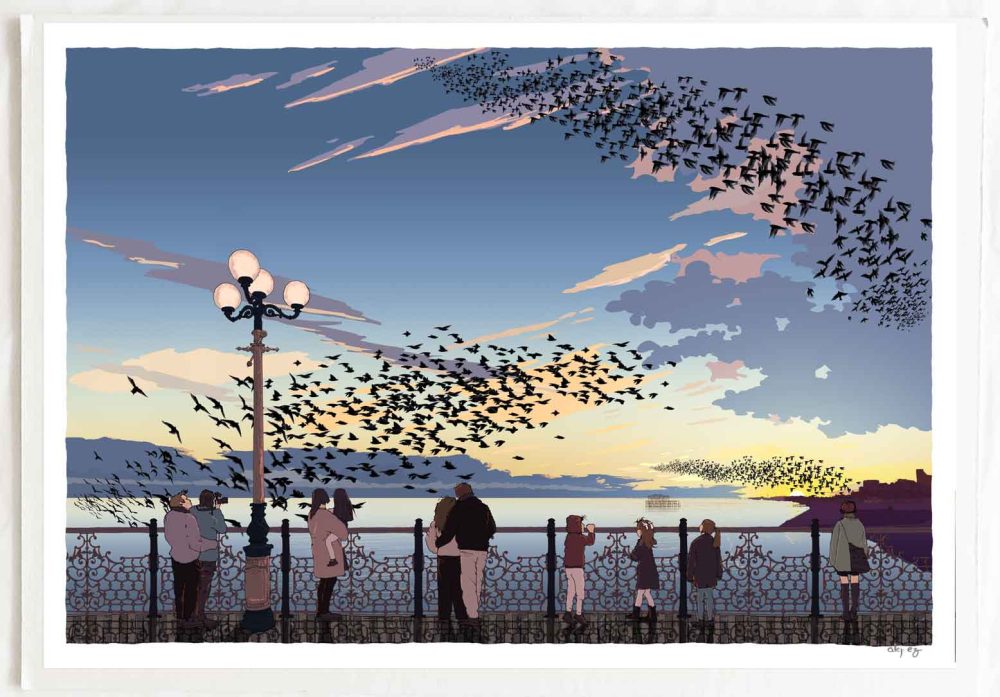
Starling Love Brighton Palace Pier
Price range: £40.00 through £310.00 Select options This product has multiple variants. The options may be chosen on the product page -

Golden Spiral Starlings West Pier Pebble Beach
Price range: £40.00 through £310.00 Select options This product has multiple variants. The options may be chosen on the product page -
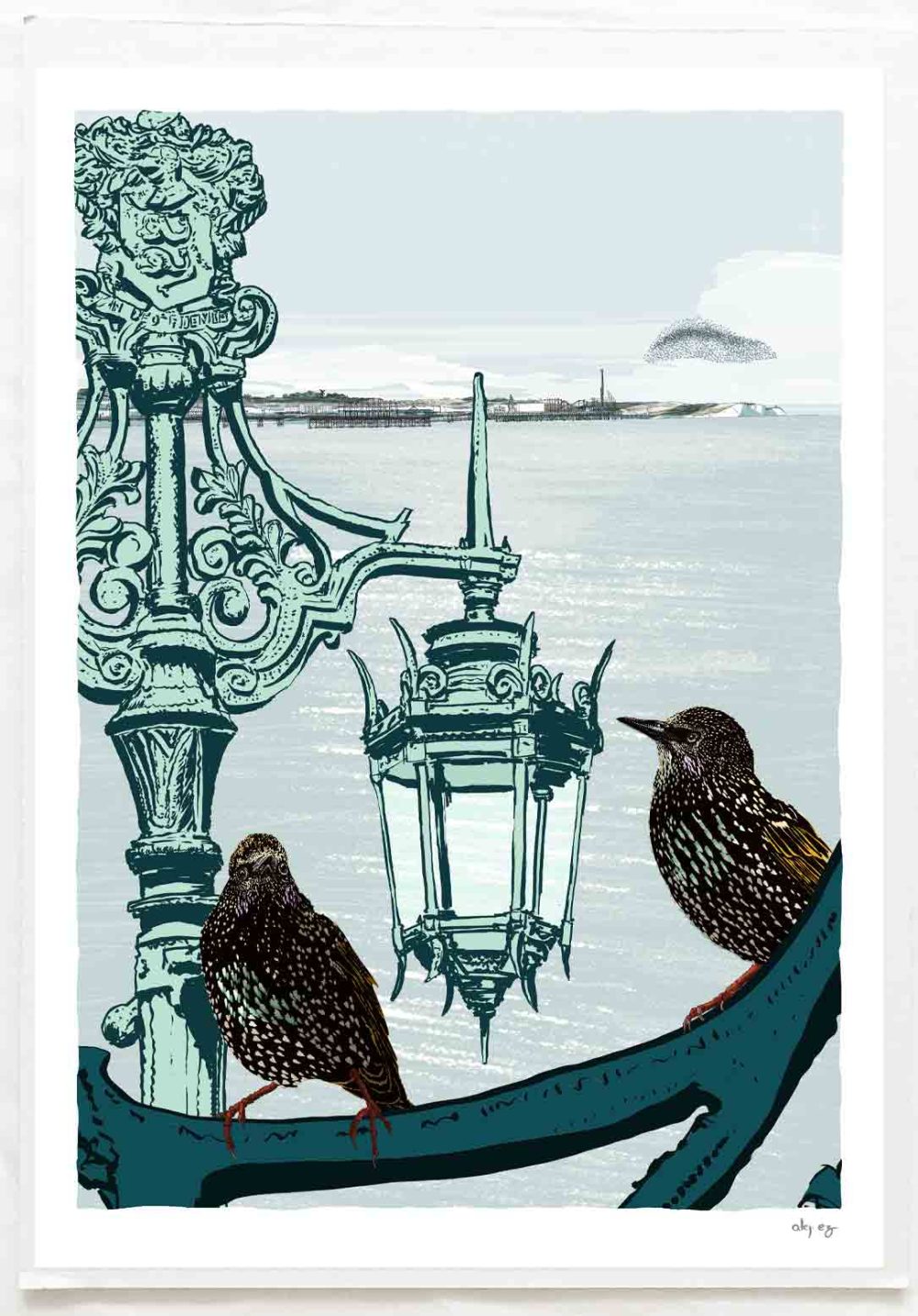
Starlings Murmuration Brighton Lights
Price range: £40.00 through £310.00 Select options This product has multiple variants. The options may be chosen on the product page -
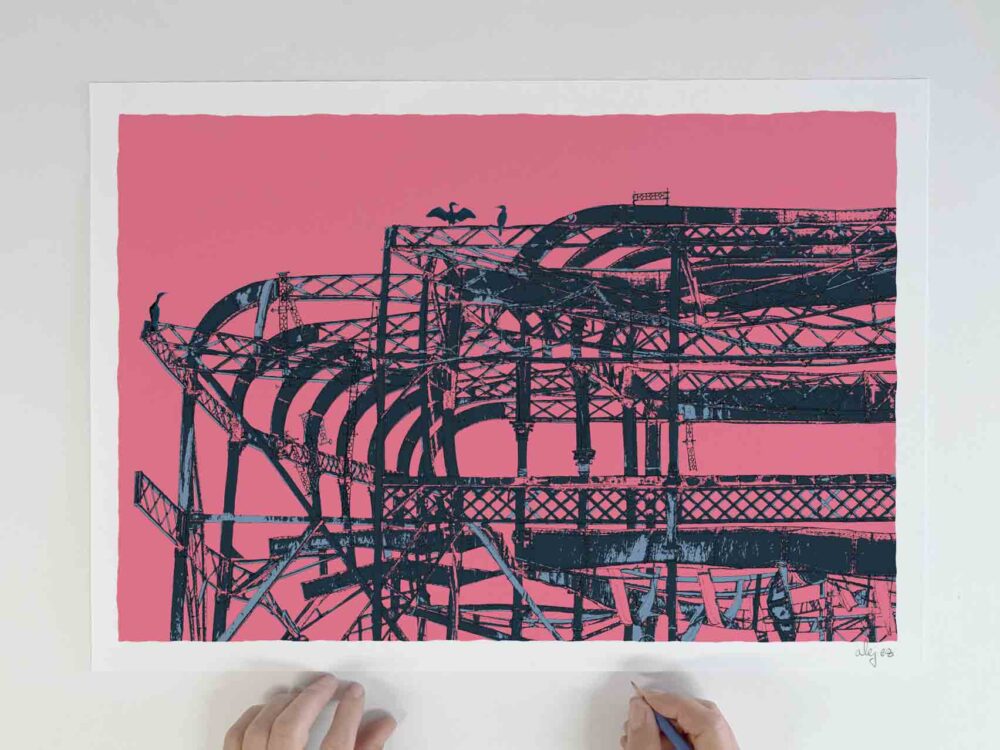
West Pier Cormorants Song Blue
Price range: £40.00 through £310.00 Select options This product has multiple variants. The options may be chosen on the product page -

West Pier Cormorants Song
Price range: £40.00 through £310.00 Select options This product has multiple variants. The options may be chosen on the product page -
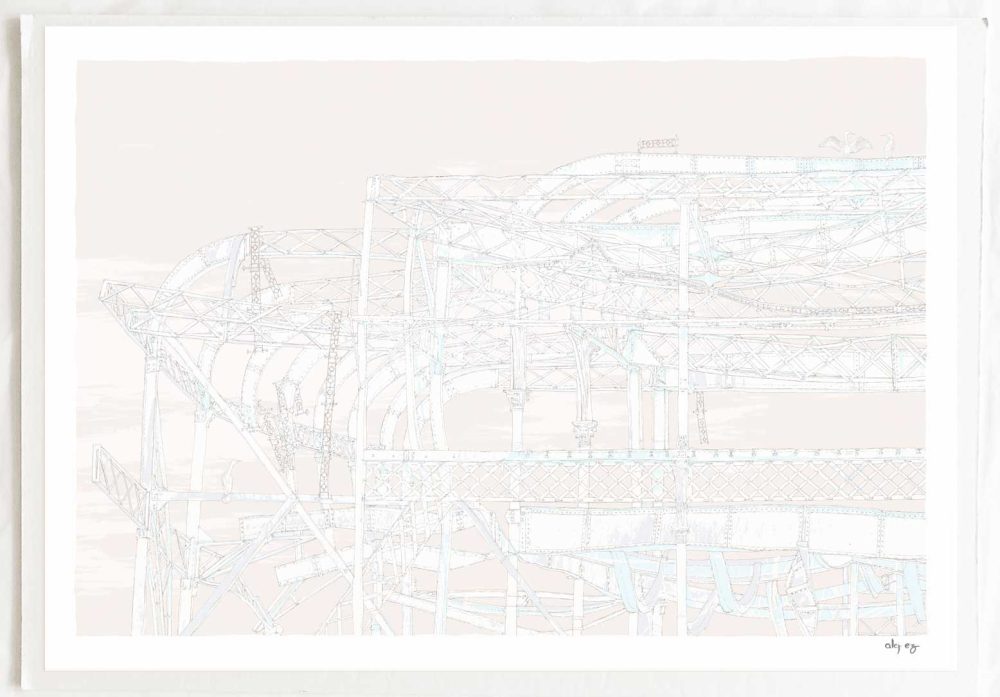
West Pier Cormorants Gesso
Price range: £40.00 through £310.00 Select options This product has multiple variants. The options may be chosen on the product page -
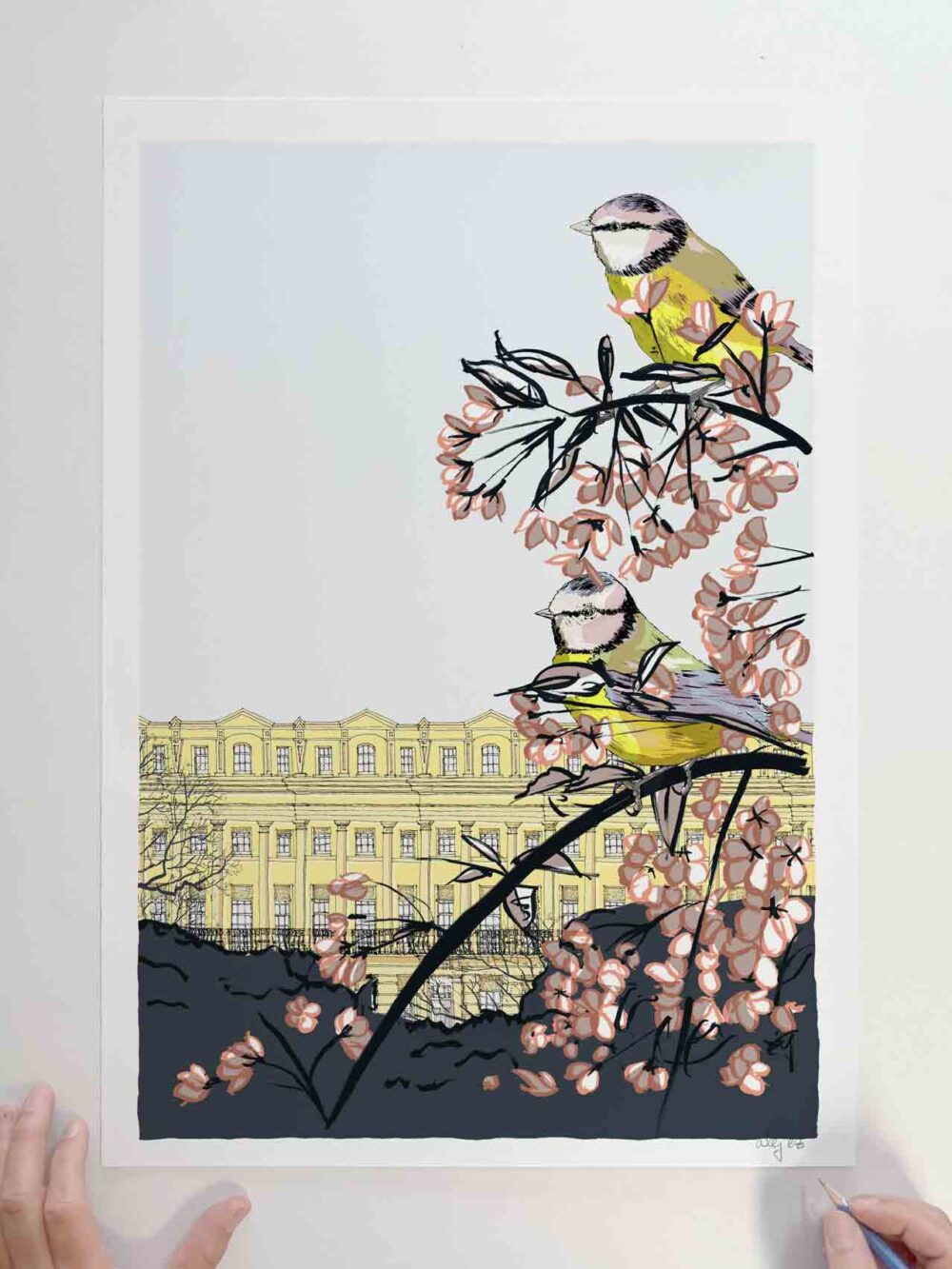
Cherry Blossom and Blue Tits at Brunswick Square
Price range: £40.00 through £310.00 Select options This product has multiple variants. The options may be chosen on the product page -
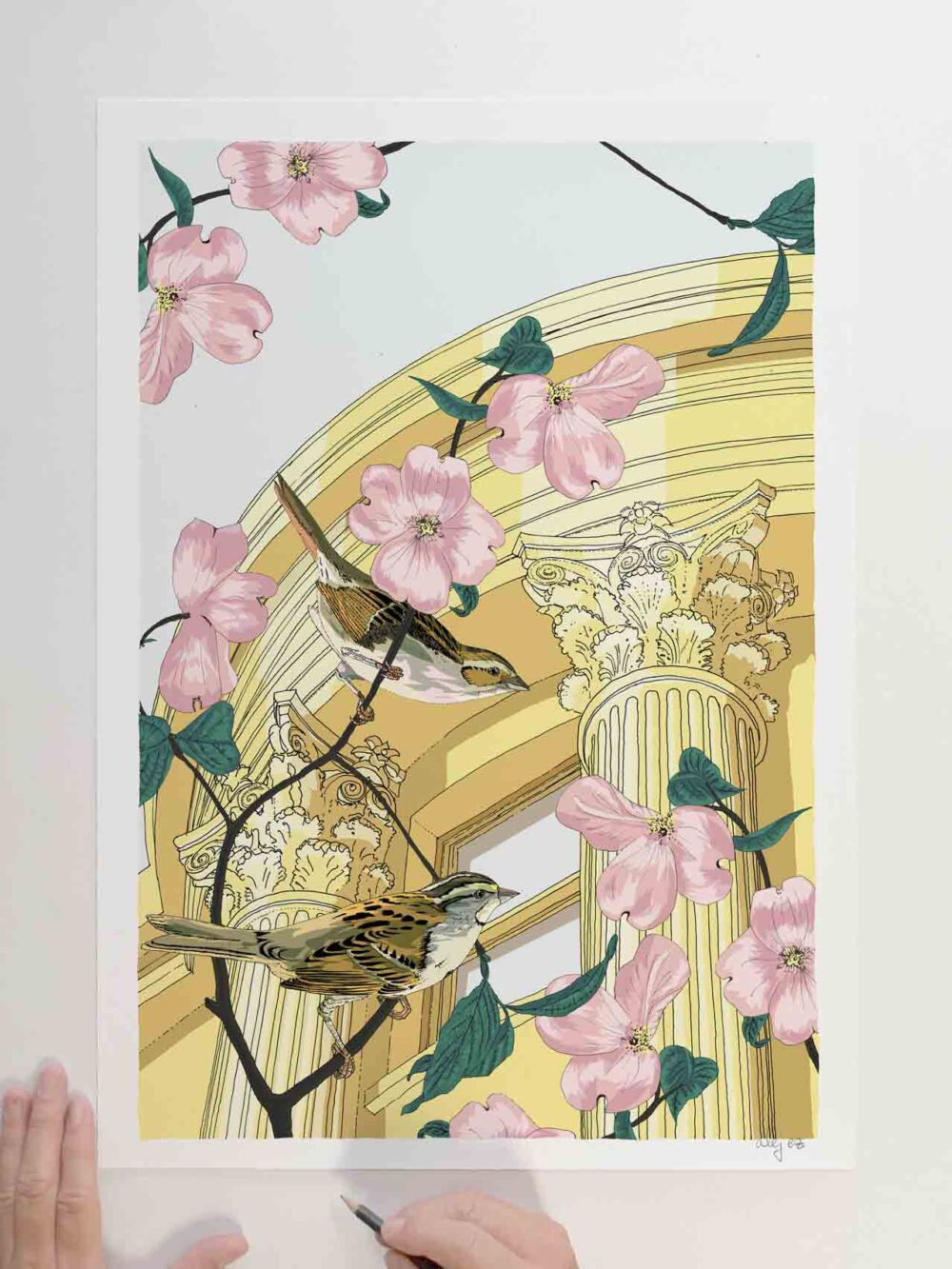
Brunswick Square The Sparrow and the Corinthian Dog Rose
Price range: £40.00 through £310.00 Select options This product has multiple variants. The options may be chosen on the product page -

Cherry Blossom and Blue Tits at Pavilion Gardens by the Dome Brighton
Price range: £40.00 through £310.00 Select options This product has multiple variants. The options may be chosen on the product page -

Pigeon Song Pavilion Gardens Brighton
Price range: £40.00 through £310.00 Select options This product has multiple variants. The options may be chosen on the product page -
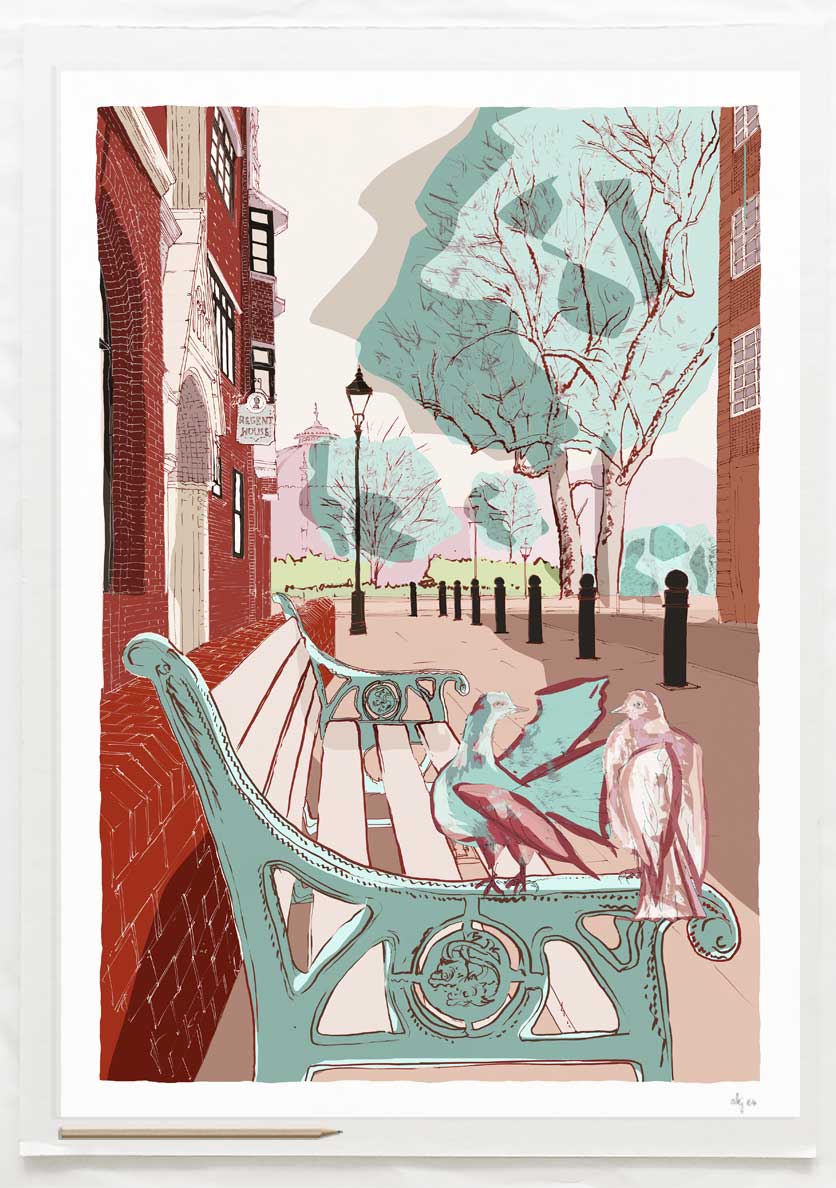
Prince’s Place Love Pigeons Pavilion Gardens by the Dome
Price range: £40.00 through £310.00 Select options This product has multiple variants. The options may be chosen on the product page -

An Alphabet of Brighton
Price range: £40.00 through £310.00 Select options This product has multiple variants. The options may be chosen on the product page -
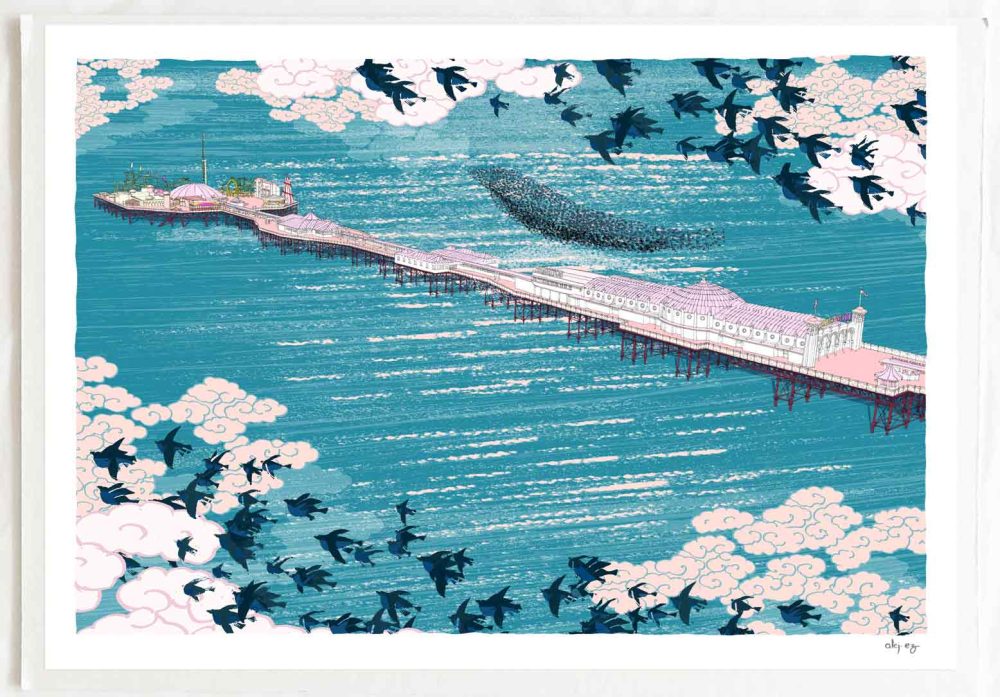
Palace Pier Starling Song
Price range: £40.00 through £310.00 Select options This product has multiple variants. The options may be chosen on the product page -

The Lark Ascending over the Lewes Town
Price range: £40.00 through £310.00 Select options This product has multiple variants. The options may be chosen on the product page -

Shoreline Starlings Brighton by the Sea
Price range: £40.00 through £310.00 Select options This product has multiple variants. The options may be chosen on the product page -
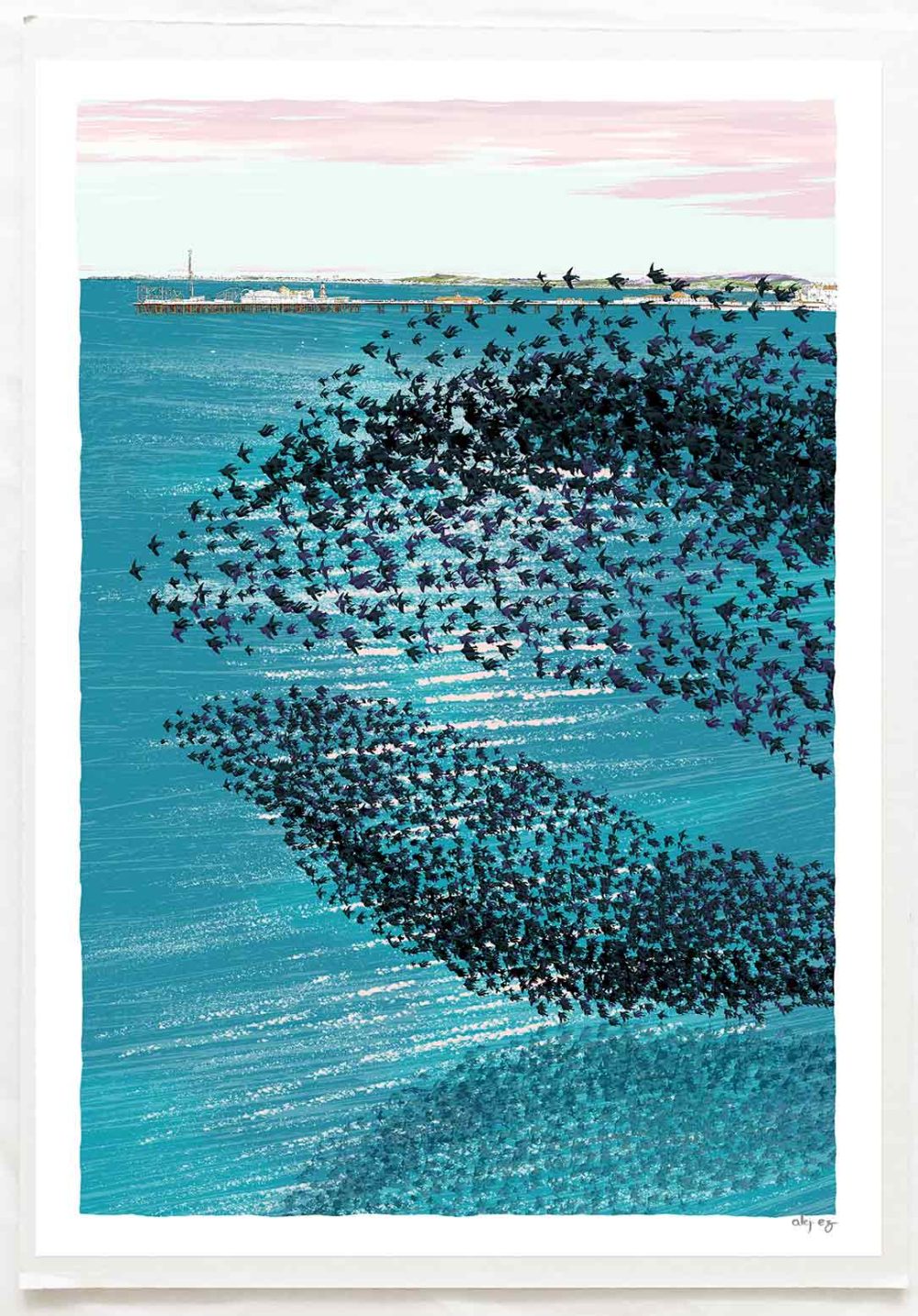
Starlings Kemptown Brighton Seafront Ocean Blue
Price range: £40.00 through £310.00 Select options This product has multiple variants. The options may be chosen on the product page -

Morning Swim Worthing
Price range: £40.00 through £180.00 Select options This product has multiple variants. The options may be chosen on the product page -
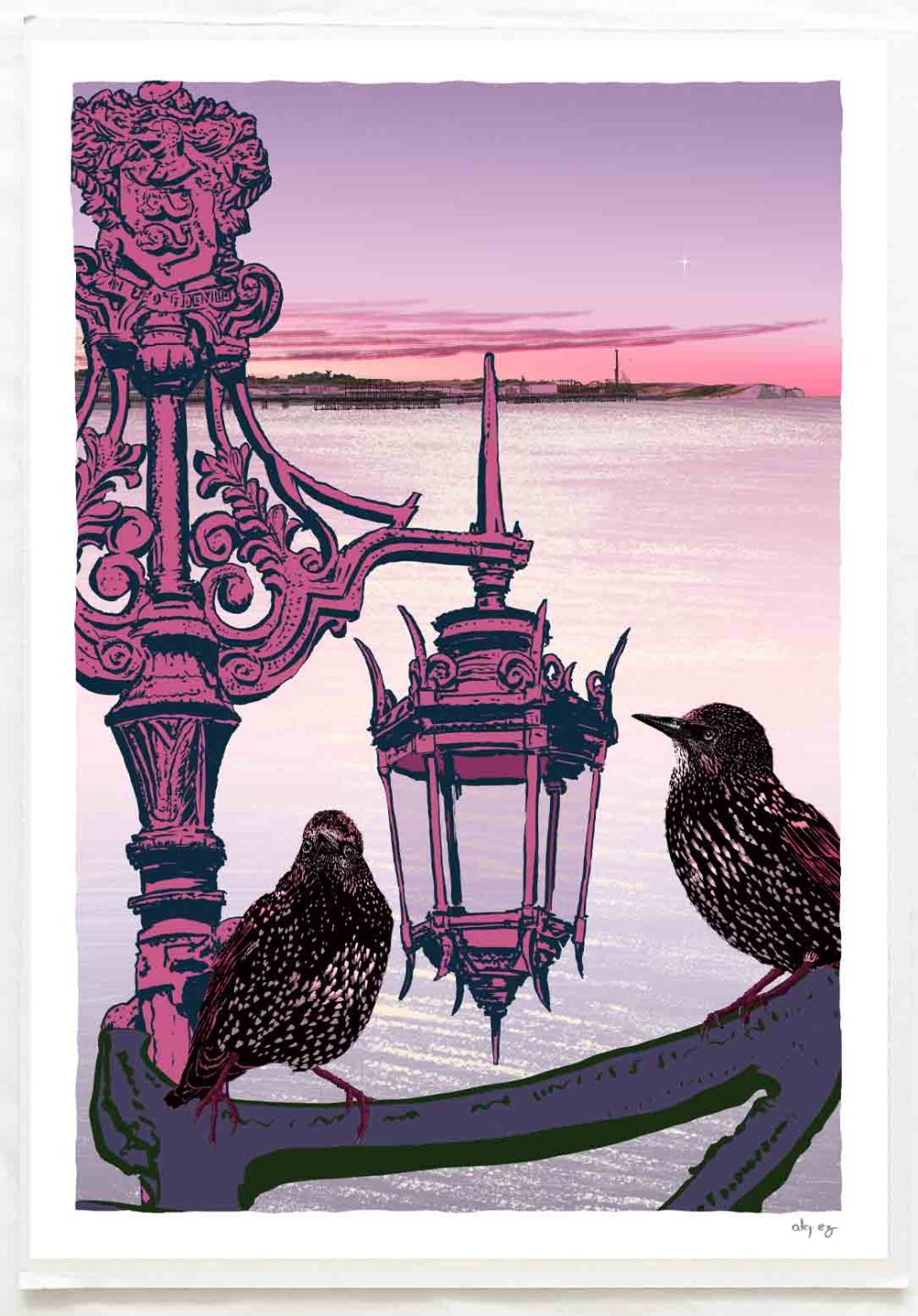
Starlight Starlings Brighton
Price range: £40.00 through £310.00 Select options This product has multiple variants. The options may be chosen on the product page -

Seven Sisters Cliffs Walk Brass Point Diamond
Price range: £48.00 through £120.00 Select options This product has multiple variants. The options may be chosen on the product page -
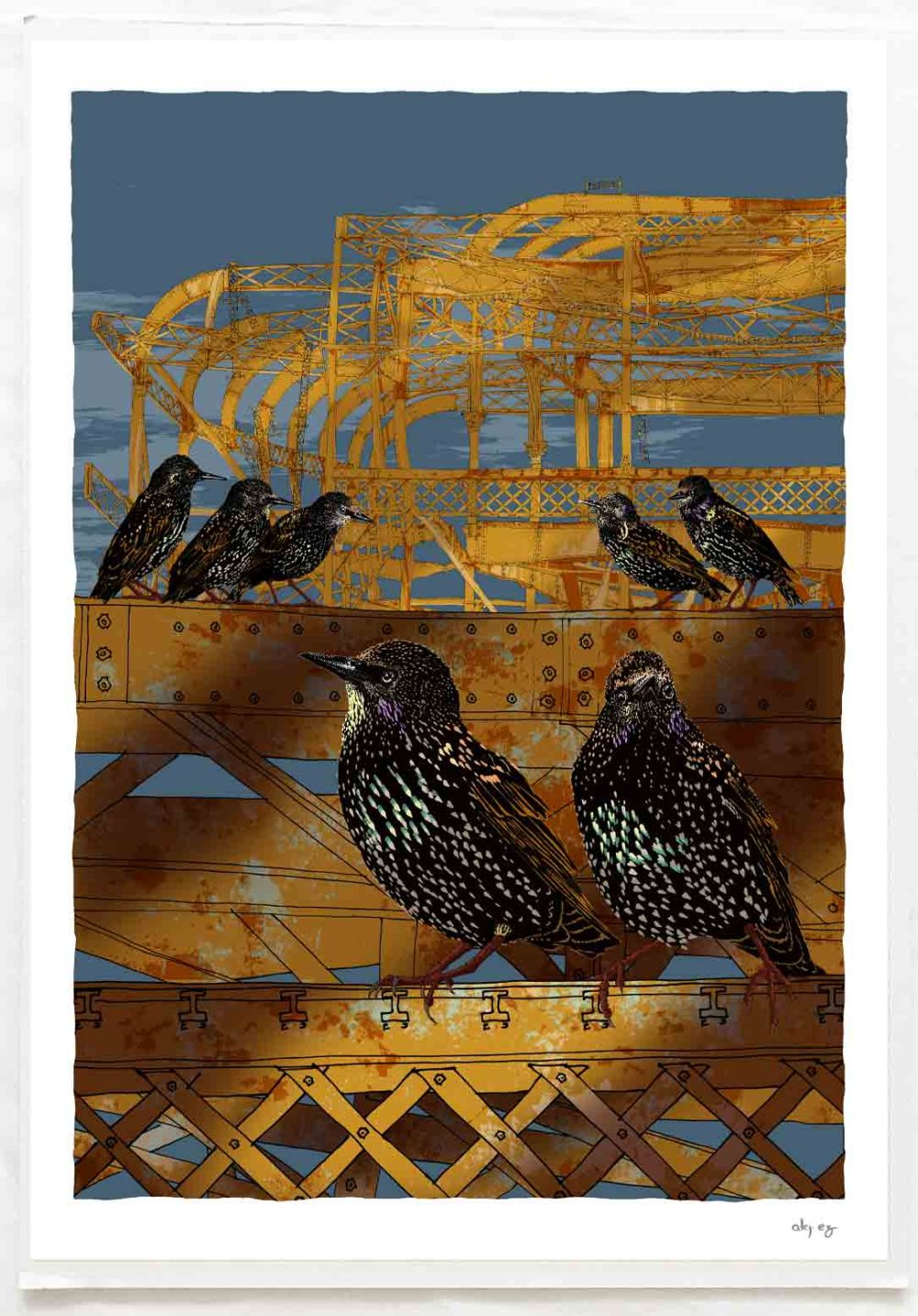
West Pier Starling Song Antique Ochre and Blue
Price range: £40.00 through £310.00 Select options This product has multiple variants. The options may be chosen on the product page -
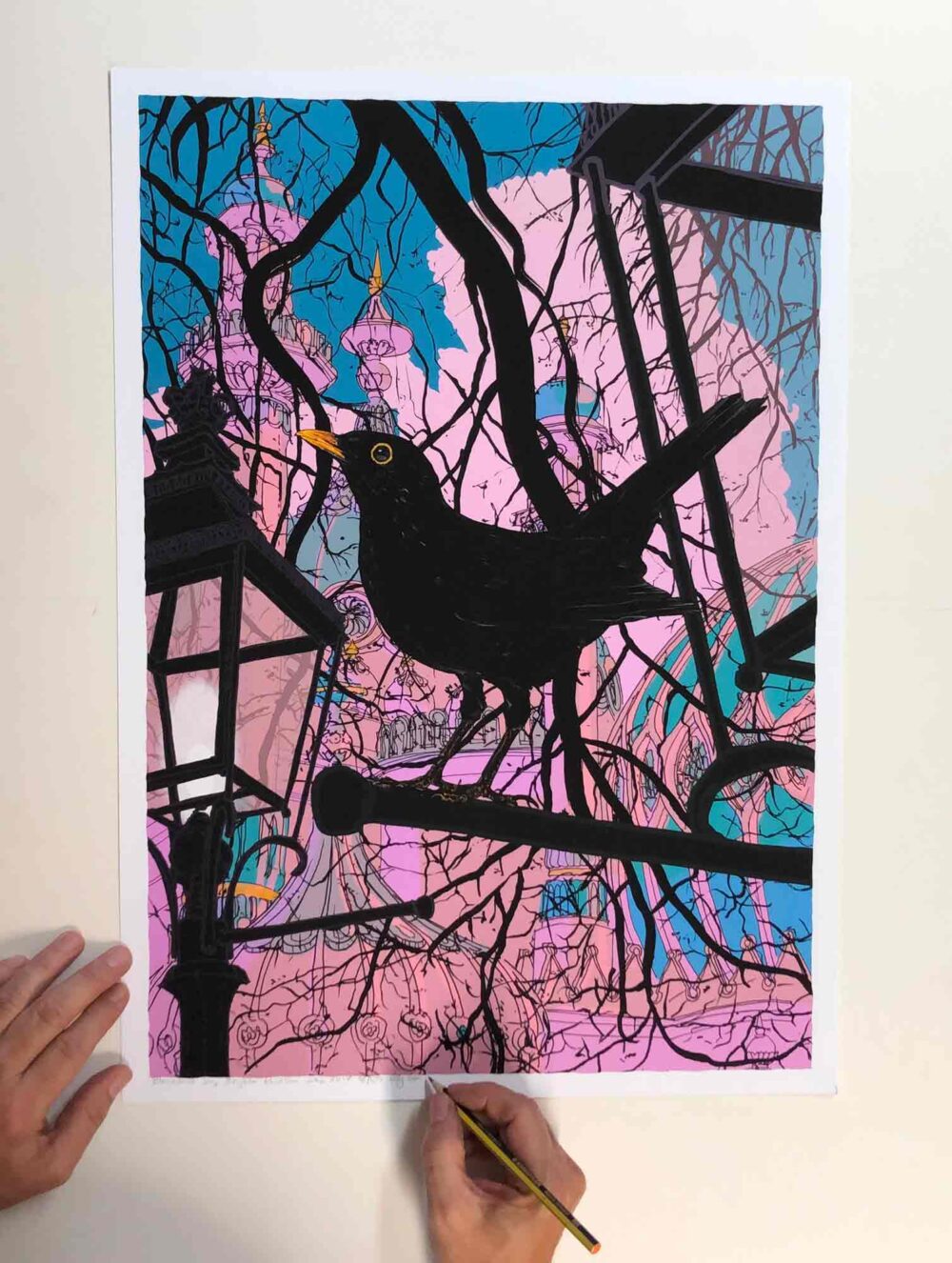
Brighton Pavilion Early Morn Blackbird Song
Price range: £40.00 through £310.00 Select options This product has multiple variants. The options may be chosen on the product page -
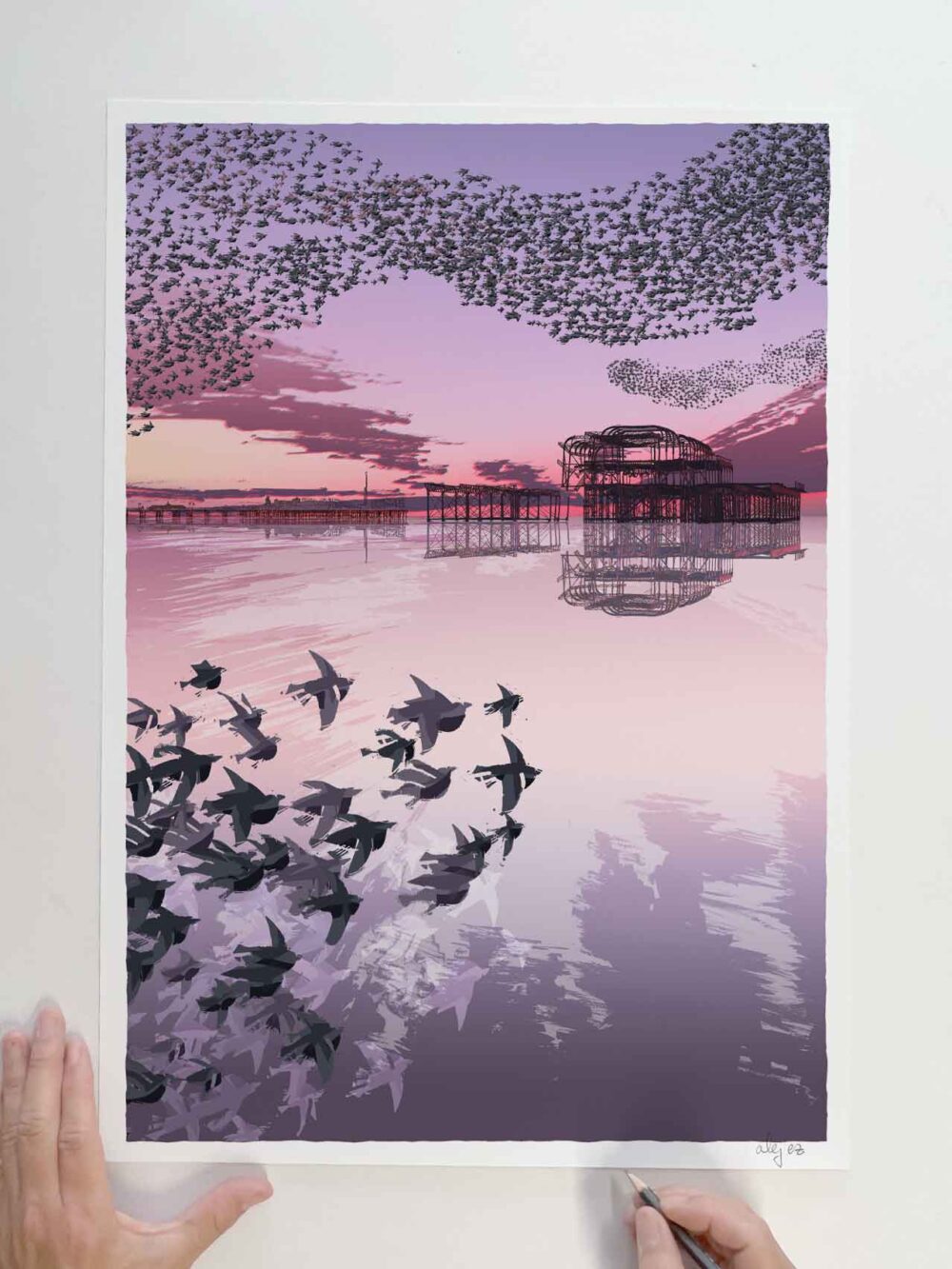
Starling Murmuration over the West Pier at Brighton Beach
Price range: £40.00 through £310.00 Select options This product has multiple variants. The options may be chosen on the product page -
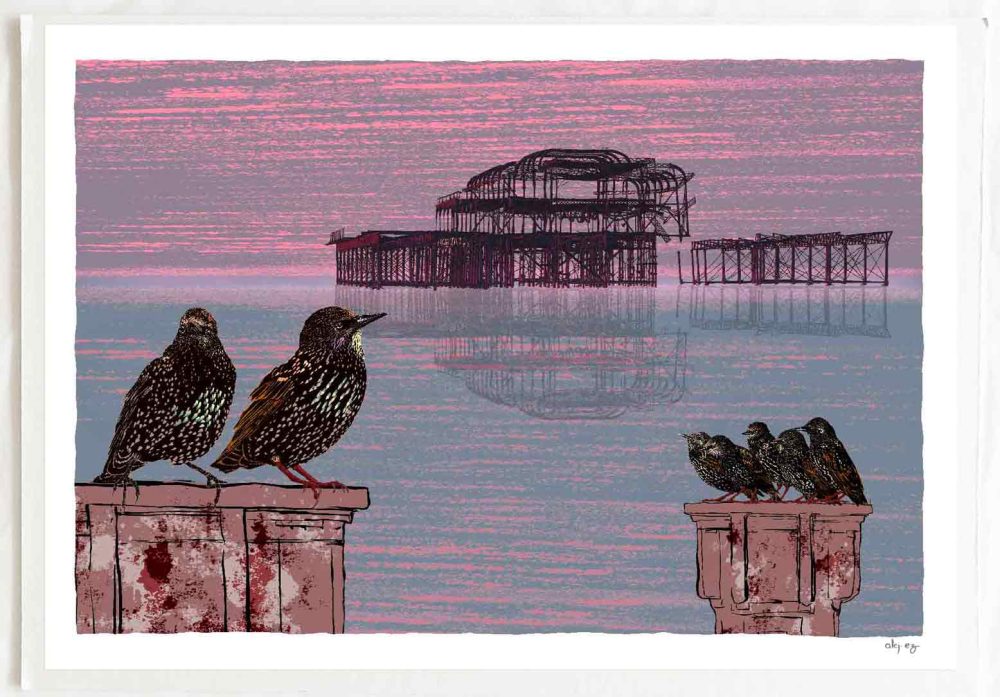
Golden Spiral Starlings West Pier
Price range: £40.00 through £310.00 Select options This product has multiple variants. The options may be chosen on the product page -
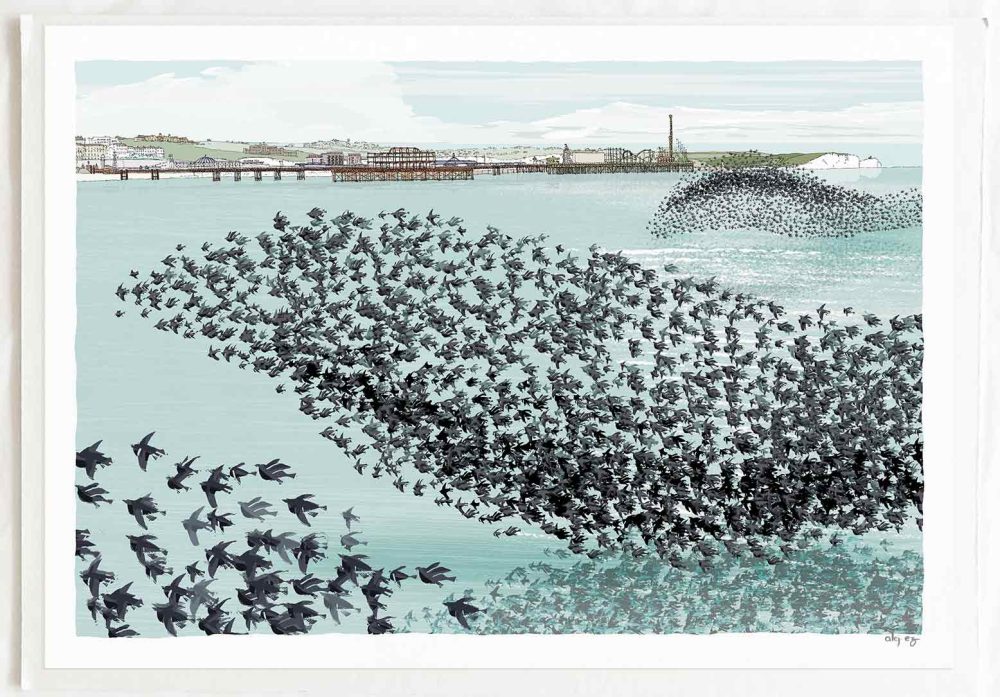
Shoreline Starlings Brighton by the Sea Pebble Beach
Price range: £40.00 through £310.00 Select options This product has multiple variants. The options may be chosen on the product page -
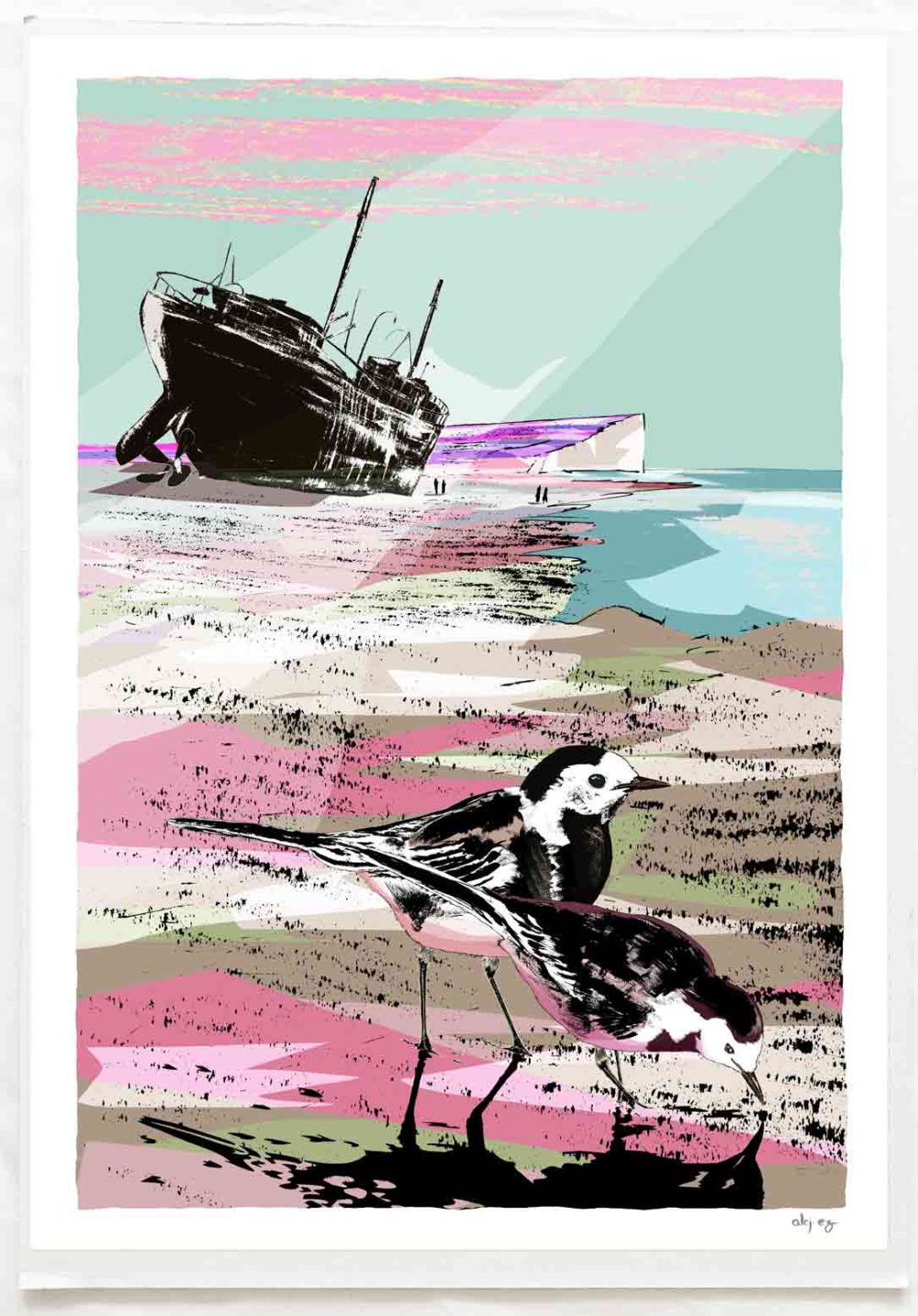
1882 Seaford Beach Steamship Gannet
Price range: £40.00 through £310.00 Select options This product has multiple variants. The options may be chosen on the product page -
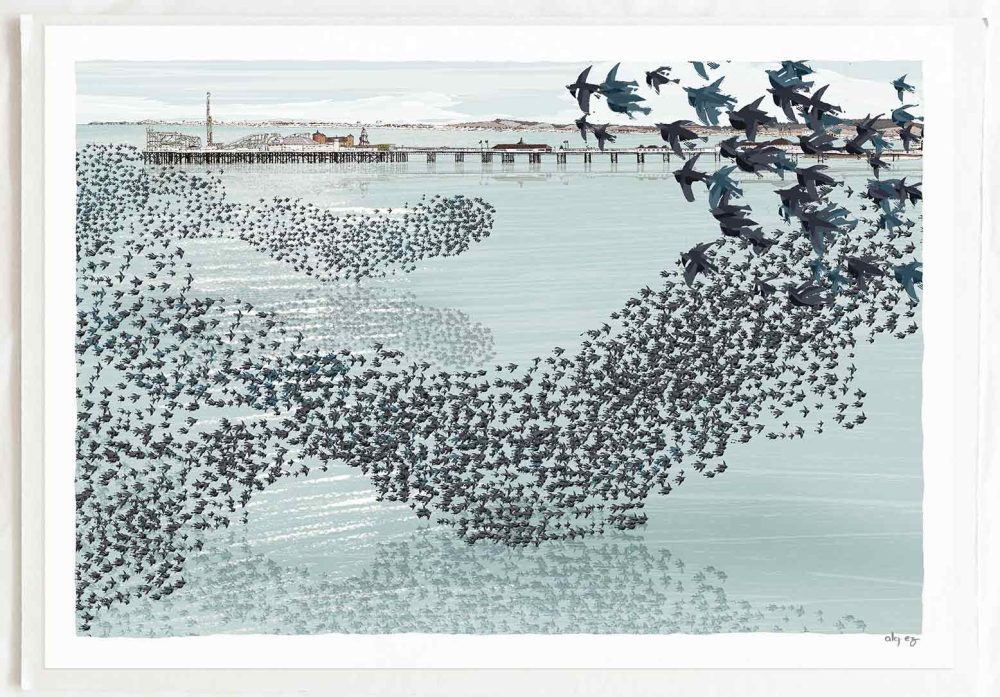
Starlings Kemptown Brighton Seafront Pebble Beach
Price range: £40.00 through £310.00 Select options This product has multiple variants. The options may be chosen on the product page -

Birling Gap Starling Murmuration White Cliffs
£192.00 add to basket -
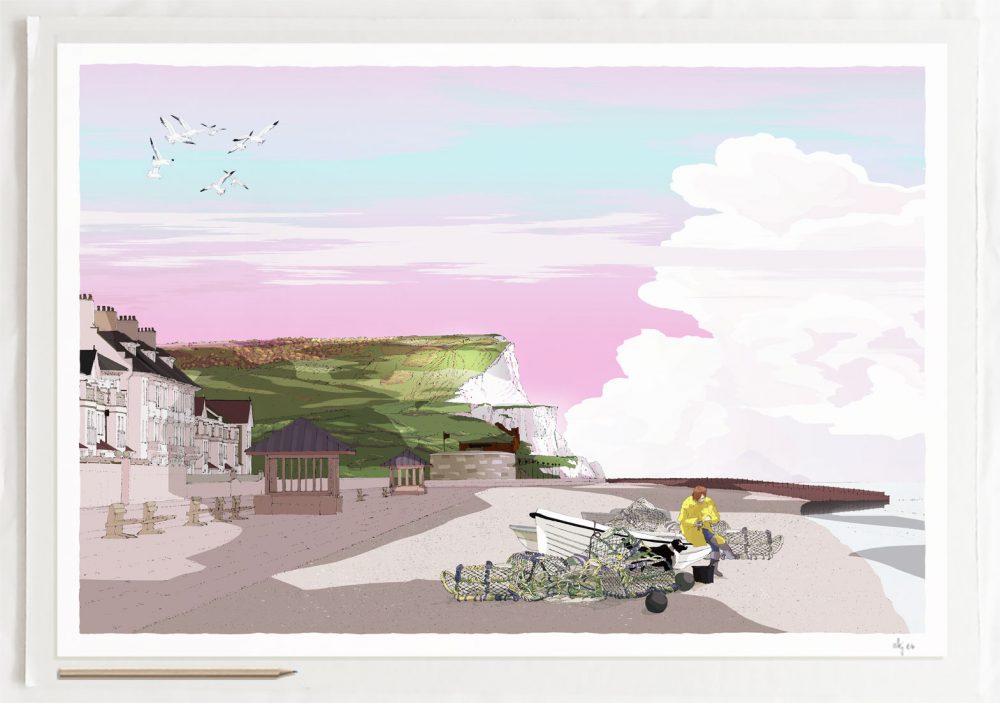
Seaford Head the Promenade and Fisherwoman
Price range: £40.00 through £310.00 Select options This product has multiple variants. The options may be chosen on the product page -
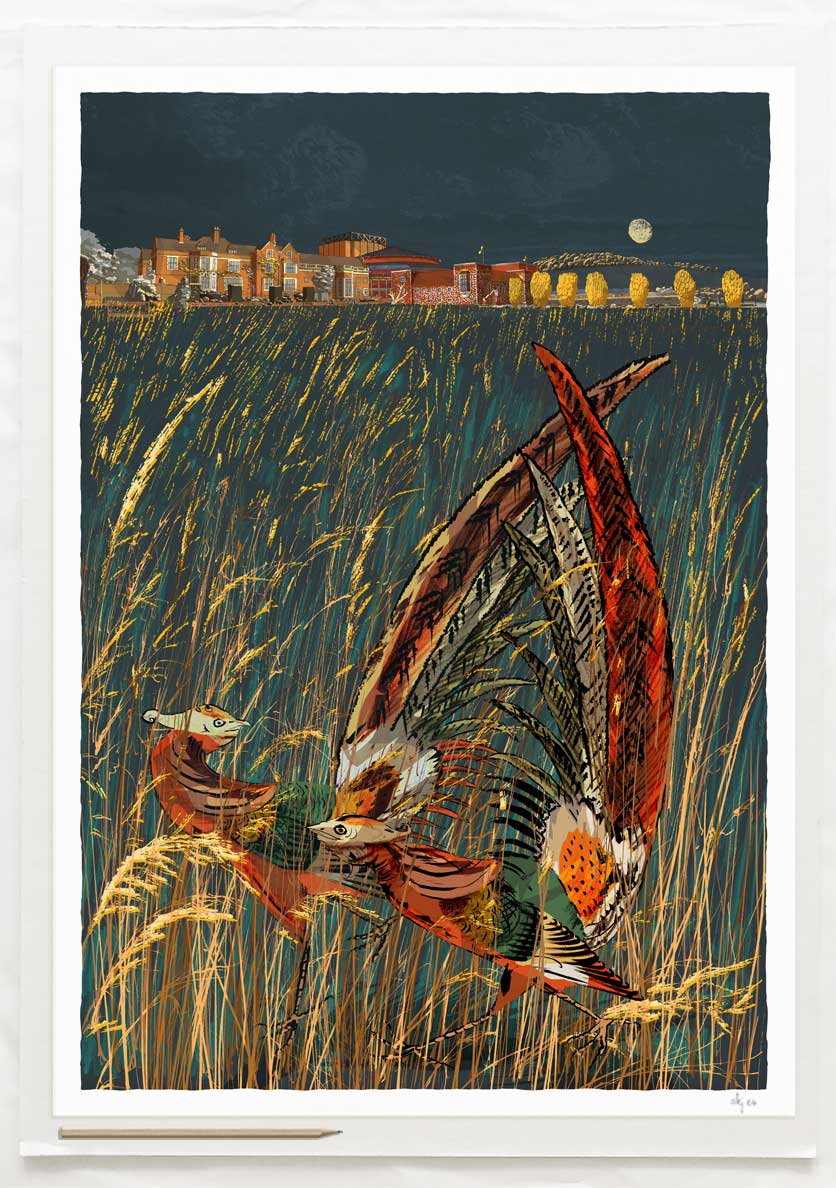
Glyndebourne Harvest Moon Pheasants
Price range: £40.00 through £310.00 Select options This product has multiple variants. The options may be chosen on the product page -

Swifts over Glyndebourne a Sussex Landscape
Price range: £40.00 through £310.00 Select options This product has multiple variants. The options may be chosen on the product page -
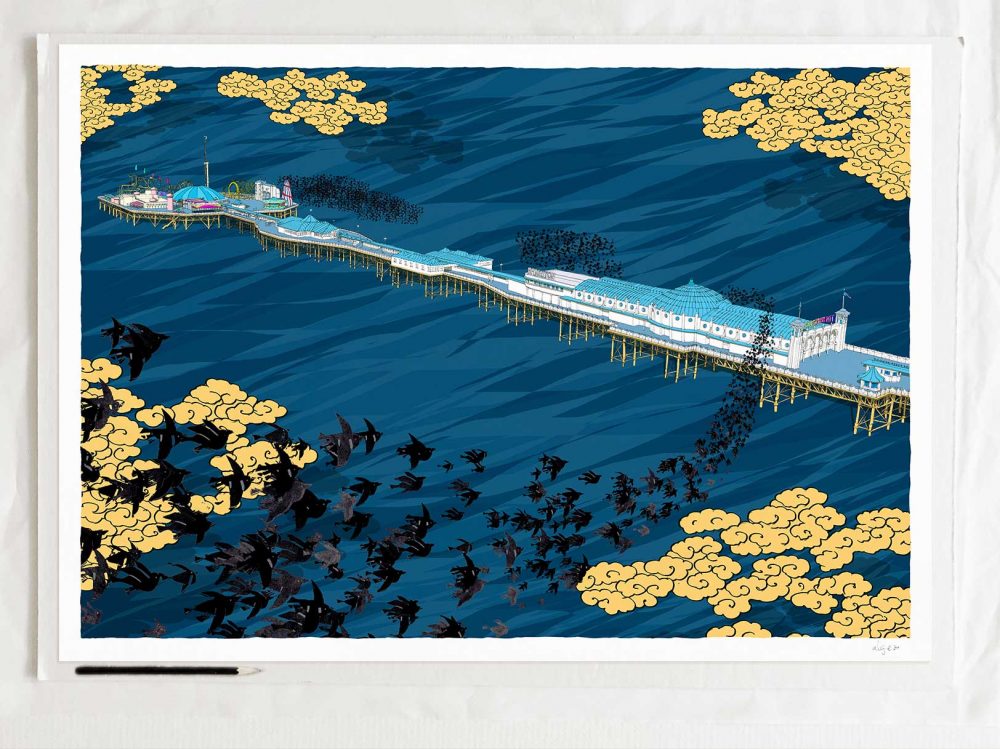
Starlings Flying over Brighton Palace Pier
Price range: £40.00 through £310.00 Select options This product has multiple variants. The options may be chosen on the product page -
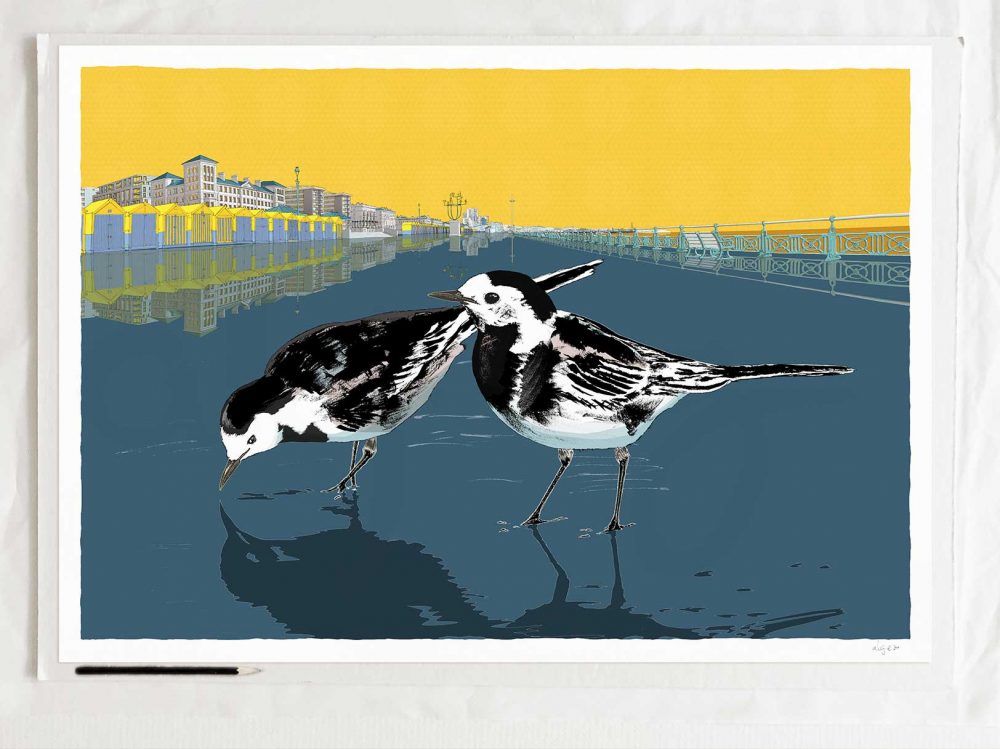
Wagtail birds by Hove Plinth at Brighton Seafront
Price range: £40.00 through £310.00 Select options This product has multiple variants. The options may be chosen on the product page -
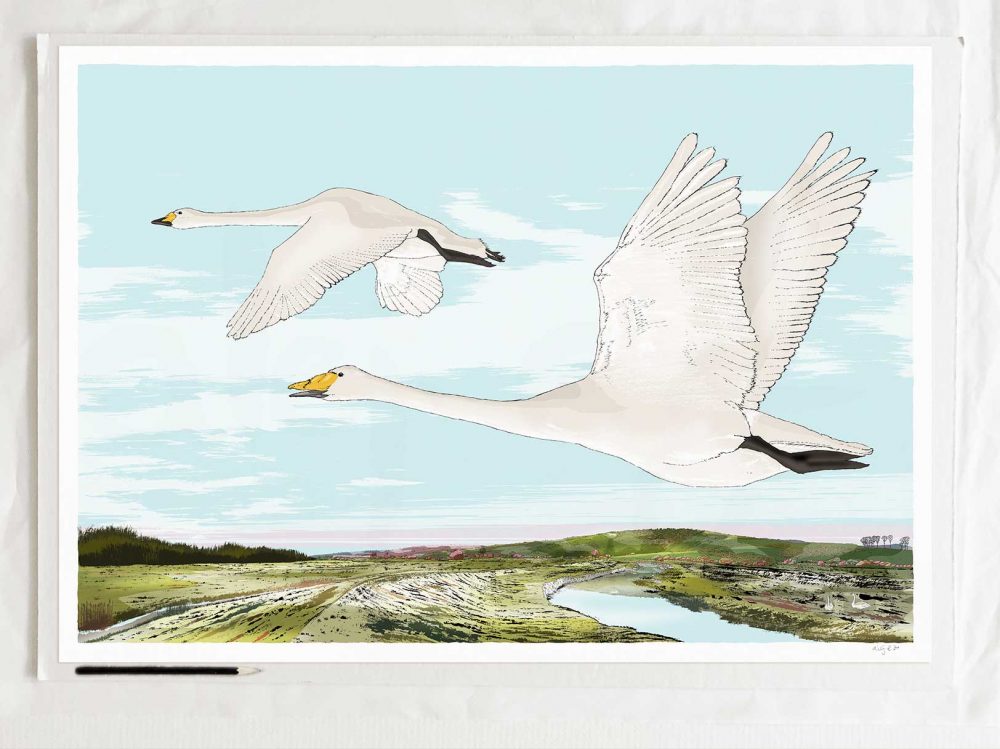
Swan Art. The flight over Litlington White Horse in the South Downs
Price range: £40.00 through £310.00 Select options This product has multiple variants. The options may be chosen on the product page -

The Avocet by the Red Roofed Hut among Sea Poppies and Sea Kale
Price range: £40.00 through £310.00 Select options This product has multiple variants. The options may be chosen on the product page -

Heron Print Royal Pavilion Orient Nights
Price range: £40.00 through £310.00 Select options This product has multiple variants. The options may be chosen on the product page -
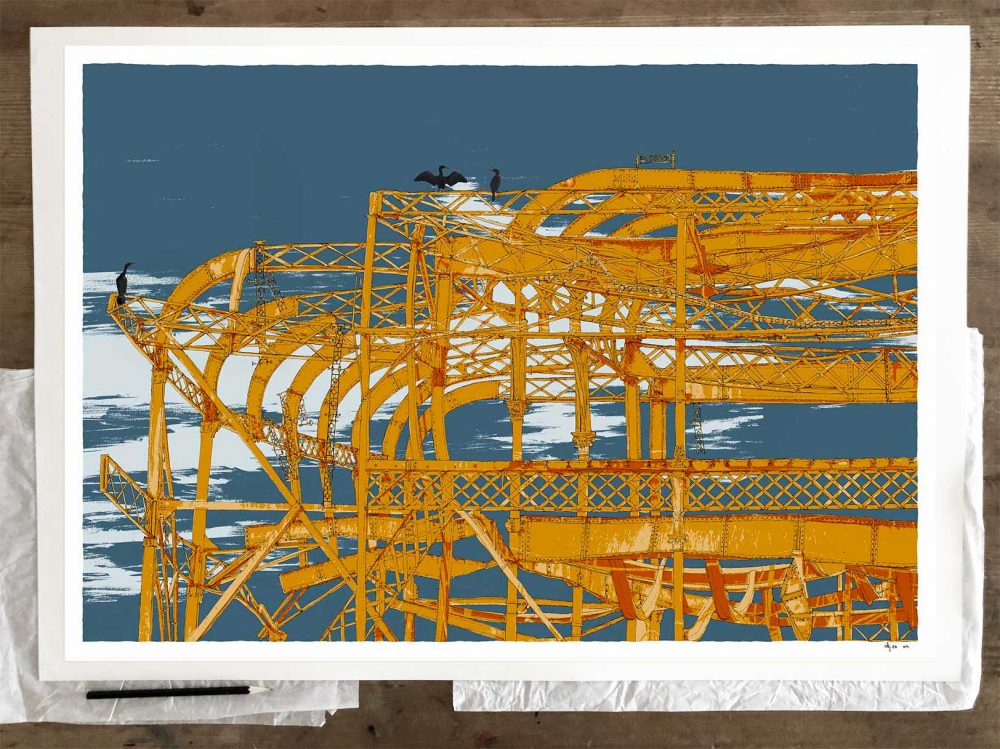
West Pier Cormorants Antique Ochre and Blue
Price range: £40.00 through £310.00 Select options This product has multiple variants. The options may be chosen on the product page -
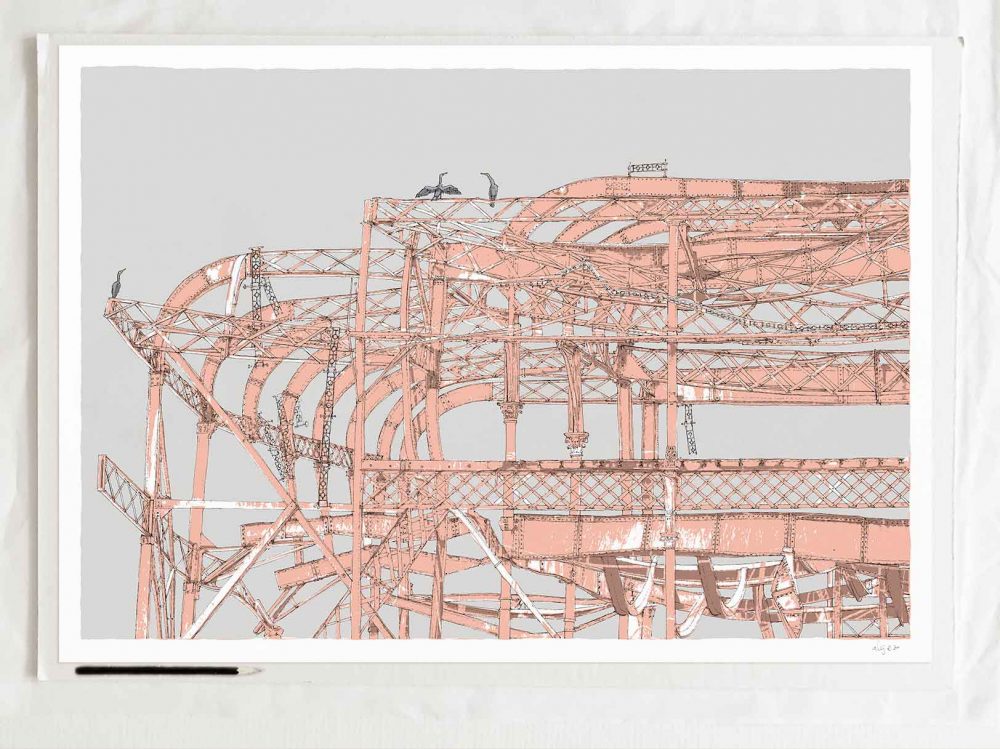
West Pier Cormorants Grey Silver
Price range: £40.00 through £310.00 Select options This product has multiple variants. The options may be chosen on the product page -

Birling Gap Starling Murmuration
£192.00 add to basket -

Birling Gap Starling Murmuration Eventide
£192.00 add to basket -
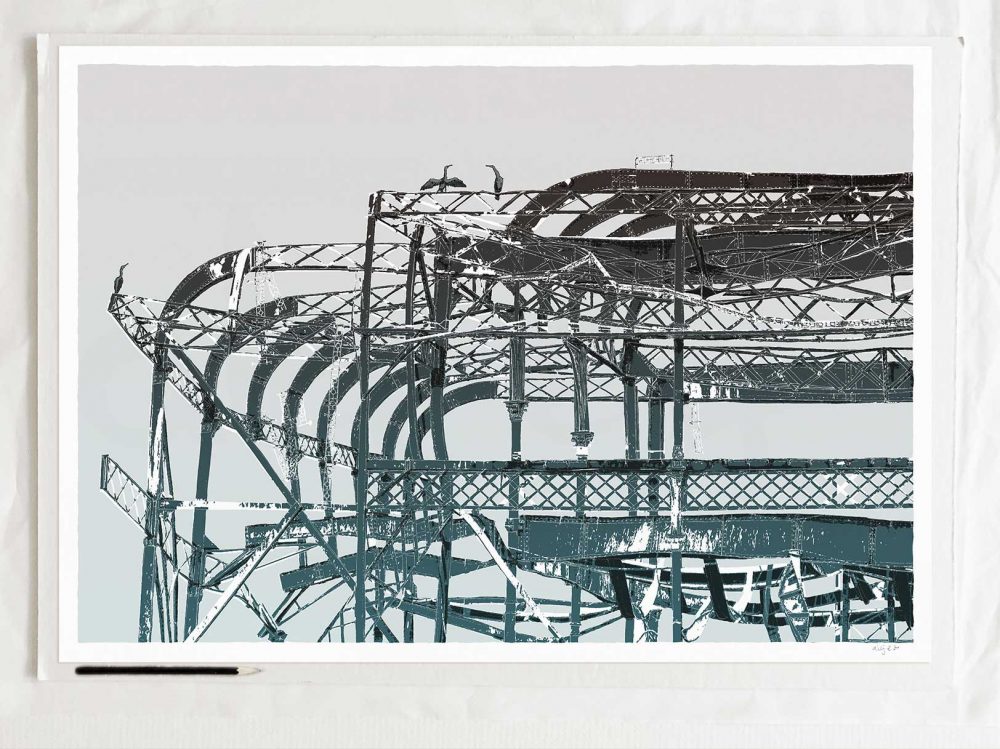
West Pier Cormorants
Price range: £40.00 through £310.00 Select options This product has multiple variants. The options may be chosen on the product page -

The Bather and the Cormorant
Price range: £40.00 through £180.00 Select options This product has multiple variants. The options may be chosen on the product page -
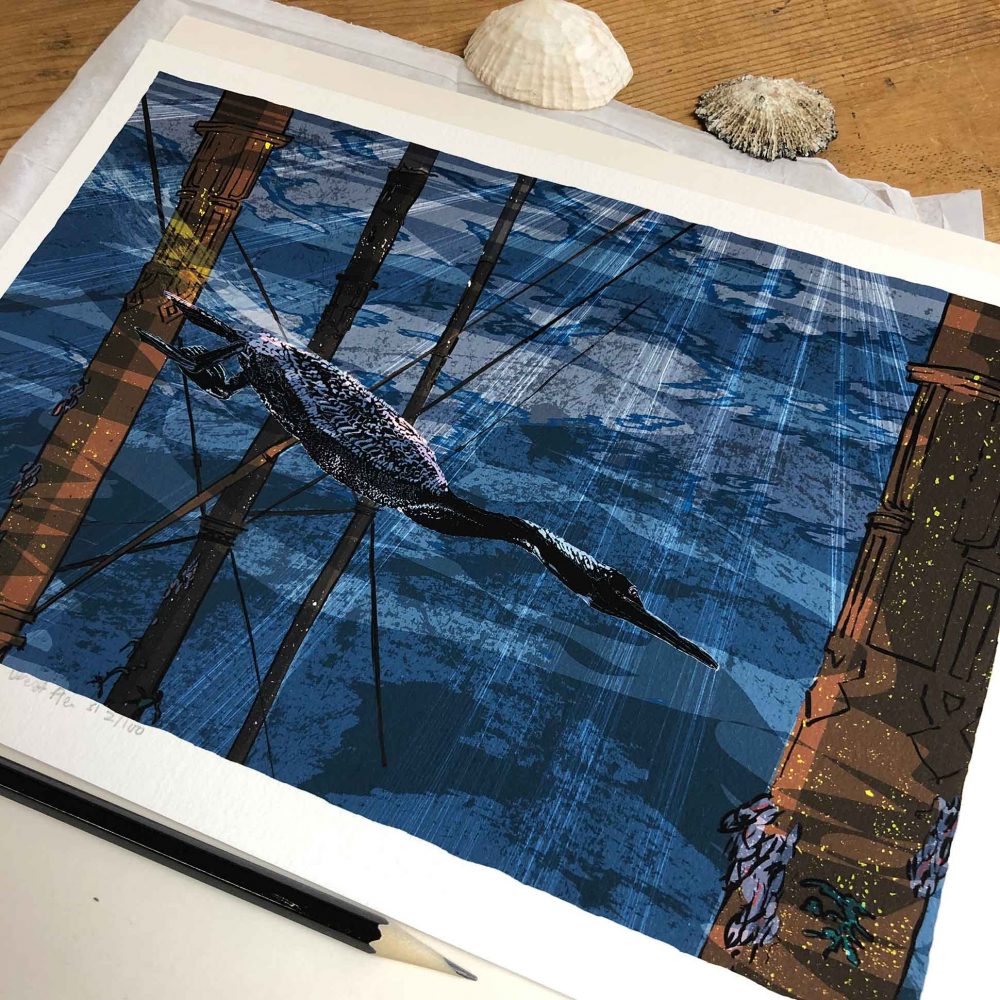
The Diving Cormorant under the West Pier
Price range: £40.00 through £180.00 Select options This product has multiple variants. The options may be chosen on the product page -

The Starling at Pavilion Gardens
Price range: £40.00 through £52.00 Select options This product has multiple variants. The options may be chosen on the product page -

The Cormorant and the West Pier
Price range: £40.00 through £52.00 Select options This product has multiple variants. The options may be chosen on the product page -

The Lark ascending. The Sussex Weald from Devils Dyke Season Fall
£192.00 add to basket -

Chalk’n Flint Flying Chalk Cliffs
£40.00 add to basket
Additional information
| Dimensions | N/A |
|---|---|
| Print sizes: standard portrait and square | A0 print size, portrait, A1 print size, portrait, A2 print size, portrait, A3 print size, portrait, A4 print size, portrait |
Only logged in customers who have purchased this product may leave a review.
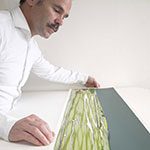
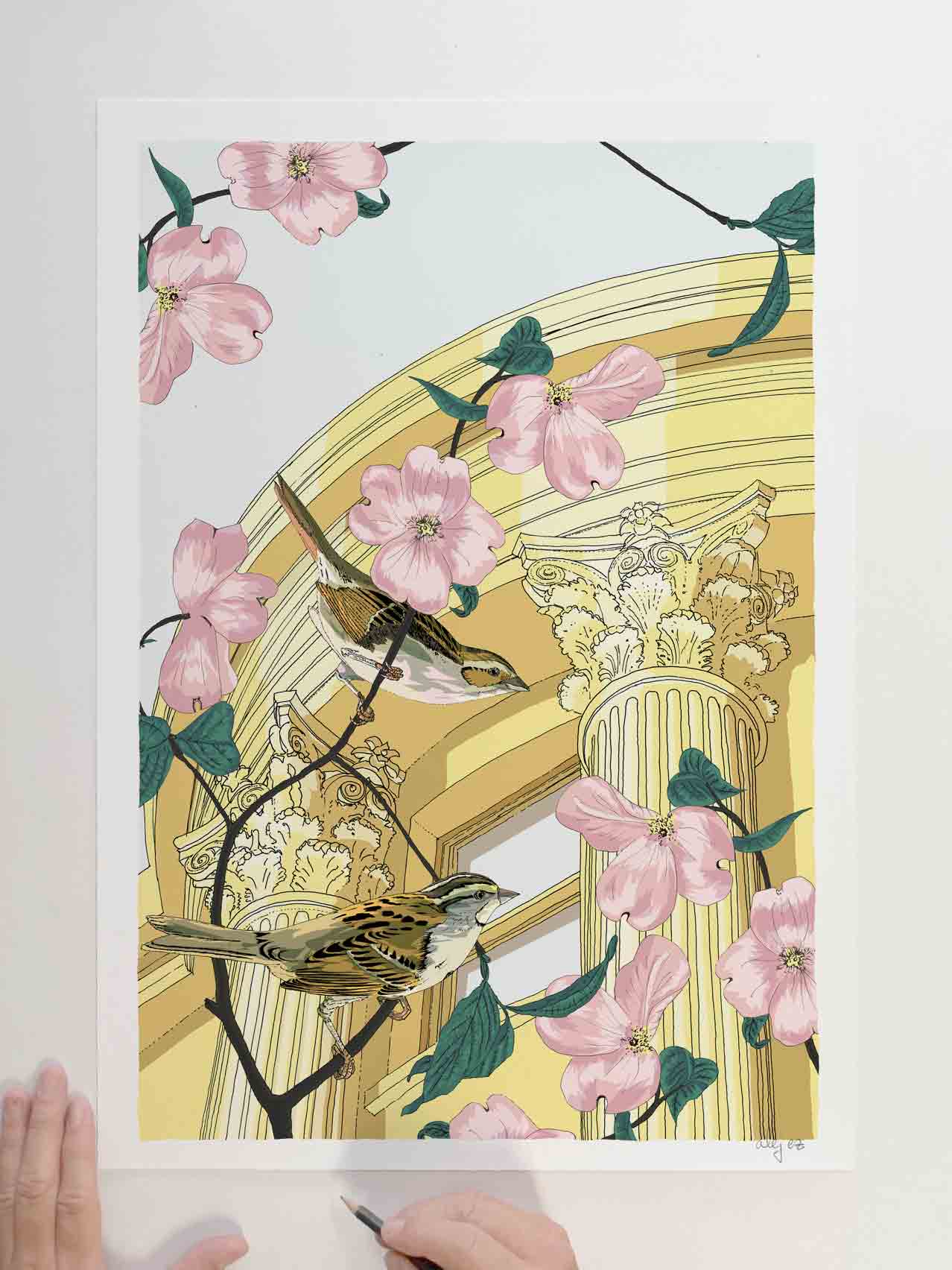
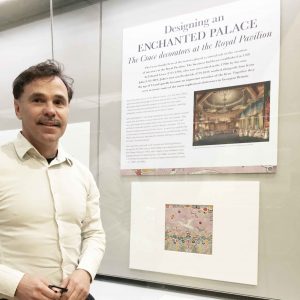
Reviews
There are no reviews yet.